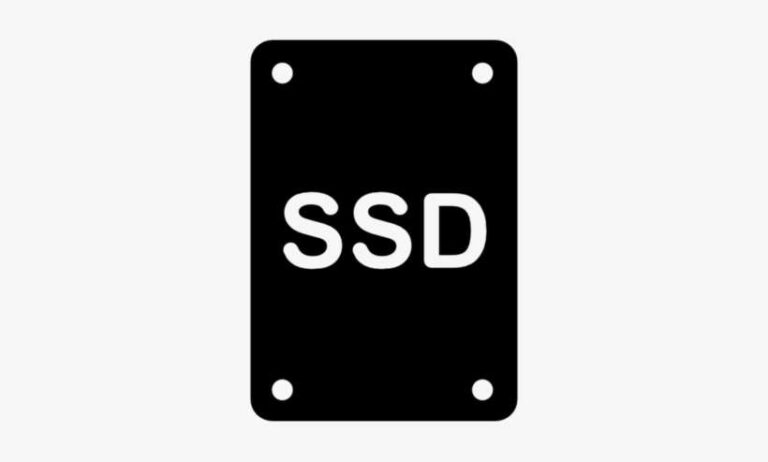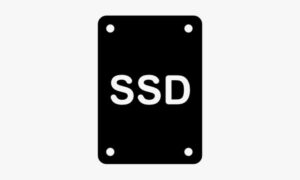Cloud storage is great, but physical storage will always be more practical and reliable. Having large amounts of storage in a pocketable drive is extremely convenient and may be absolutely necessary for some users. What makes portable SSDs so great in general is their ability to provide quick access to your files while ensuring their safety. Because they are becoming more robust and efficient, they are not only designed to be fast but also secure and less prone to failure. Moreover, because they are portable, they are more ruggedly built to withstand drops, bumps, and other potential accidents, and they can easily share files between PCs.
Getting one of the best portable SSDs may be the way to go if you need to add more storage capacity to an overburdened laptop, need something to back up sensitive files, or simply want a drive that will allow you to take your files with you wherever you go. That is if you are willing to spend a little more money, as they are not as cheap as portable hard drives.
This guide contains our top picks, which include popular offerings from Seagate, Western Digital, and Samsung. Take a look and choose the SSD that best suits your needs and budget. When it comes to saving money, the included price comparison tool should help you find the best SSD deals.
What you will see here!
Samsung T7 SSD
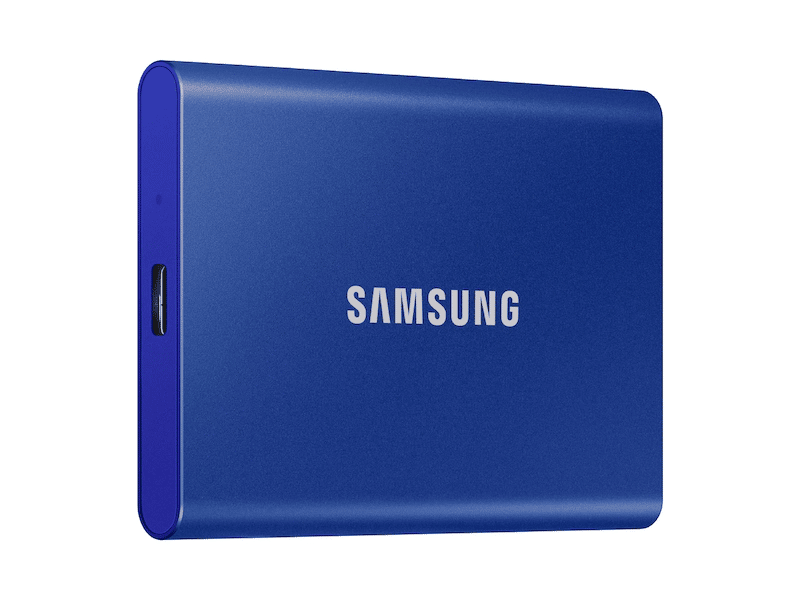
If you’re looking for a portable SSD with a lot of features, you should consider the Samsung T7 SSD. This external storage device is not only fast – with serial read and write speeds of up to 1,050 and 1,000 MB/s, respectively – but it also includes a slew of useful features in a palm-sized package.
The most important of these features is, of course, its built-in security options, which use AES 256-bit encryption and allow you to use fingerprint sign-in, which you can configure using its own management software.
Overall, the Samsung T7 SSD is one of the best portable SSDs on the market today and is well worth considering for purchase.
Samsung T5 SSD
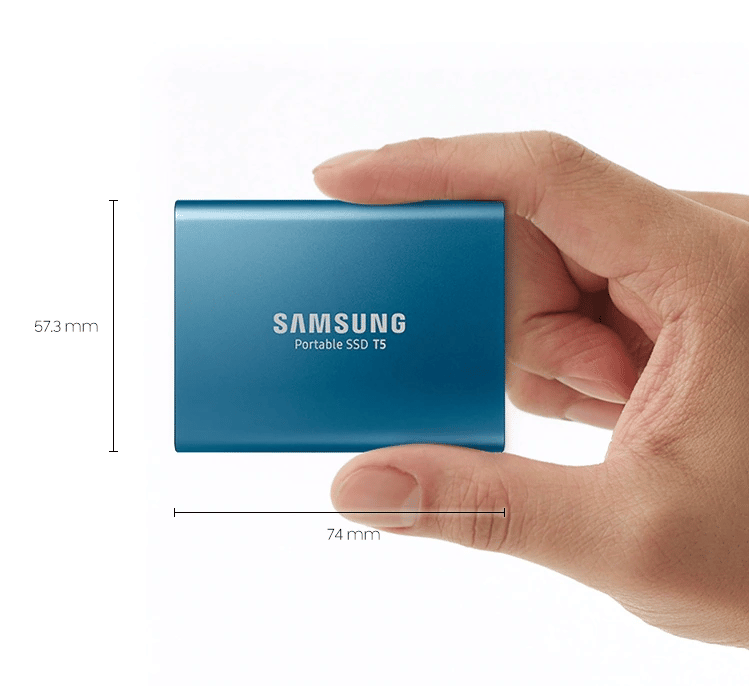
Samsung has produced some excellent portable SSDs, and several of its products appear on this list; however, the Samsung Portable SSD T5 is the best portable SSD of 2018.
It creates on the brilliant design and performance of its predecessor, the Samsung T3 SSD, but updates it with an incredibly fast USB Type-C connection that squeezes every last drop of performance out of the solid-state drive inside.
If your PC lacks USB Type-C, it is also backward compatible with USB 3.0 and USB 2.0. It’s pricey, but it’s well worth the money.
Seagate Fast SSD
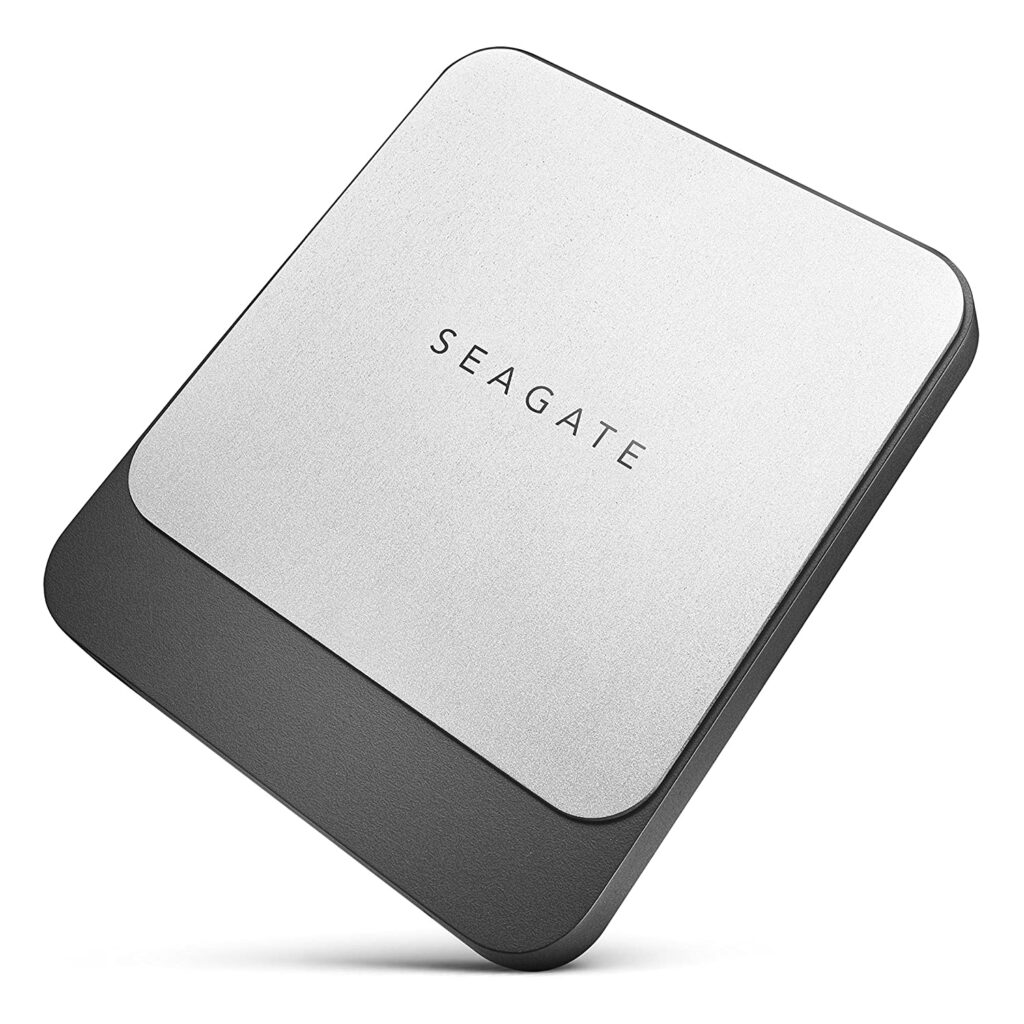
Seagate is a well-known storage brand, and with the brilliant Seagate Fast SSD, it has brought its amazing experience to the portable SSD market.
This is an extremely thin external SSD, measuring only 9mm thick and has a footprint of 94 x 79mm. Best of all, it’s reasonably priced – with prices likely to fall – and it’s an excellent performer, relatively small, with a nice design and a three-year warranty.
If you’re looking for the best portable SSD for a low price, the Seagate Fast SSD is well worth considering.
Adata SE760
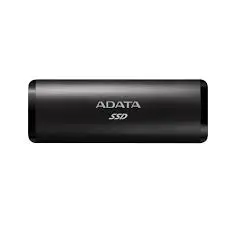
Adata has created an excellent competitor to the Crucial X8 that is also less expensive.
There are no features like a rugged design or encryption, as there are on the X8, but there are other options if those are important to you.
Instead, the SE760 is a convenient way to transport a large amount of fast storage without breaking the bank. It even includes Type-C and Type-A USB cables.
If you need between 250GB and 1TB of storage, this is a good option.
CalDigit Tuff nano

The users were amazed by the CalDigit Tuff nano’s lightning-fast speeds, which are twice as fast as similar portable SSDs. The 512GB drive achieved Read and Write speeds close to 1,000MB/s using NVMe technology!
It’s also tough, as IP67 certification means it can be immersed in water and is dust-tight. It can also withstand 3M drops.
It works with most computers (it comes with USB-C and USB-A cables) and, because it is USB-C, it can also be used with Apple’s iPad Pro.
While it may be a little pricey for the average user, professionals like photographers and filmmakers will appreciate its lightning-fast speed and tough travel qualifications.
Crucial X8
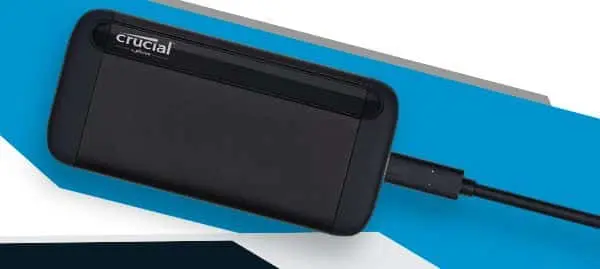
The Crucial X8 is an excellent choice for those looking for a dependable portable SSD.
It’s well-made, compact, and provides excellent speeds via USB 3.2 Gen 2 while also being very affordable.
Although there is no encryption, this will not be a problem for many users. If that’s the case, other options include the Samsung T7 Touch and the SanDisk Extreme.
WD Black D10
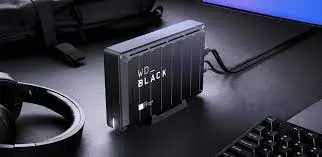
The Crucial X8 is an excellent choice for those looking for a dependable portable SSD.
It’s well-made, compact, and provides excellent speeds via USB 3.2 Gen 2 while also being very affordable.
Although there is no encryption, this will not be a problem for many users. If that’s the case, other options include the Samsung T7 Touch and the SanDisk Extreme.
Is it possible to have an SSD and an external hard drive?
Did you know, however, that SSDs can also be used as external storage? External storage is a convenient and portable way to keep all of your files. An external storage drive, which is connected to the outside of your device, allows you to back up and transfer all of your files from one computer to another.
What are the differences between an SSD and a portable hard drive?
Simply put, an SSD is not the same thing as a hard drive. Hard drives use magnetically sensitive platters that are moved by a motor, whereas SSDs use flash memory that has no moving parts, making them faster.
How do HDDs and SSDs interact?
The HDD provides large storage capacities at a low cost, whereas the SSD provides lightning-fast access speeds at a higher cost. When used in conjunction, PC users can quickly access their most important files via the SSD while storing media and other large files on their less expensive HDD.
Conclusion
In comparison to SSD, HDD has higher latency, longer read/write times, and supports fewer IOPs (input-output operations per second). As a result, we can conclude that SSDs outperform HDDs in terms of overall faster performance. Intel claims that its SSD is 8 times faster than an HDD, resulting in faster boot times.
The HDD provides large storage capacities at a low cost, whereas the SSD provides lightning-fast access speeds at a higher cost. When used in conjunction, PC users can quickly access their most important files via the SSD while storing media and other large files on their less expensive HDD.
Simply put, an SSD is not the same thing as a hard drive. Hard drives use magnetically sensitive platters that are moved by a motor, whereas SSDs use flash memory that has no moving parts, making them faster.
Read More:
- External Hard Drive for Mac – 6 best Hard Drives to buy!
- Samsung T7 shield 1TB external SSD: A safe SSD you can have for your business!
- Eufy RoboVac X8 Review- Top class robot vacuum at your service!
- IronWolf Pro Review -Fastest storage device from Seagate!
- How to back up iCloud Photo Library – The cloud-based sync service


